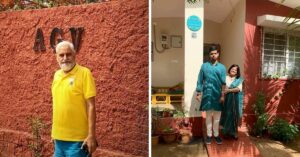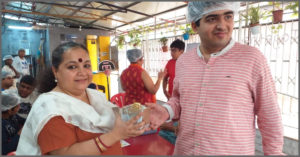How Odisha’s Ganjam Went From Being COVID-19 Hotspot To a Model District
Measures taken in Ganjam show how the curve can be bent downwards, and are a good guide for the rest of the country.
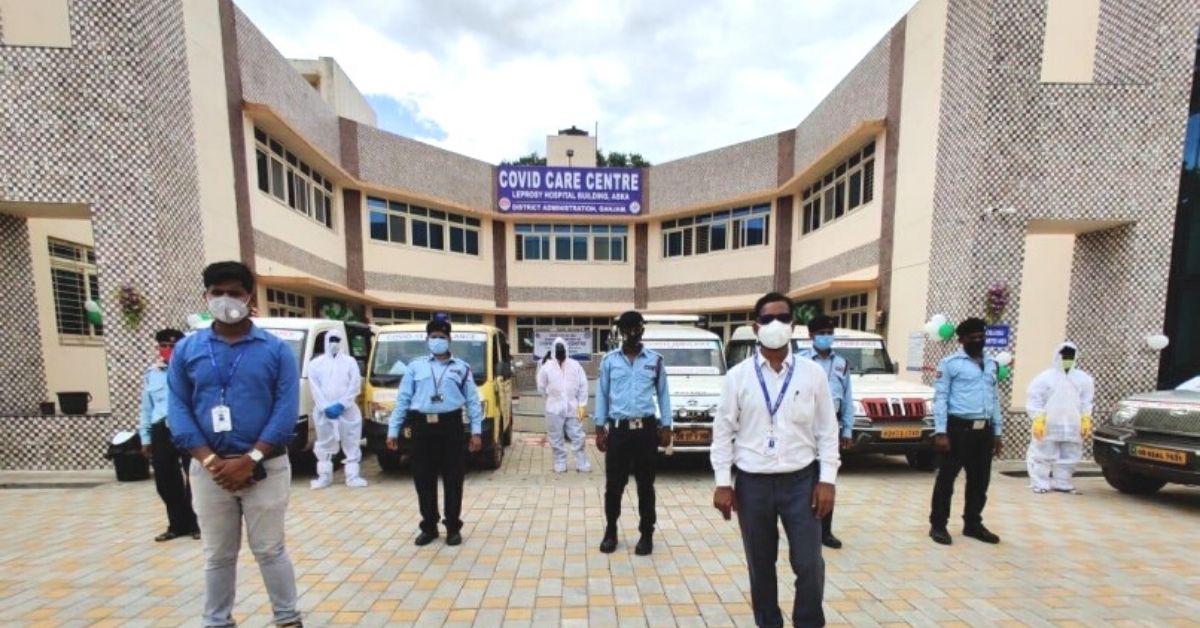
As new COVID-19 infections tear across India, setting new daily records for active cases and deaths that epidemiologists say were utterly predictable and disastrous. However, the virus was largely brought under control in the Ganjam district of Odisha by September, when compared to what it was in May/June 2020.
“In May and June, Ganjam was the hotspot for COVID-19 cases in Odisha, and the doctors in the area were working almost 48 hours at stretch, sometimes just enough time for a quick meal or change of PPE in between. Thankfully, that’s changed in the last few weeks,” says Dr. Jagdeep Nayak, Senior Resident at the Department of Anaesthesia at the MKCG Medical College, Berhampur, Ganjam.
As of 2 September, it recorded 107 positive cases only – the lowest since May. The district continues to witness a decline in the rate of infection, with a recovery rate of more than 80%, and the total death rate being 1.05%.
“We’ve seen a dramatic drop in the number of severe cases in the Ganjam region,” mentions Dr Nayak
How did this turn around happen?
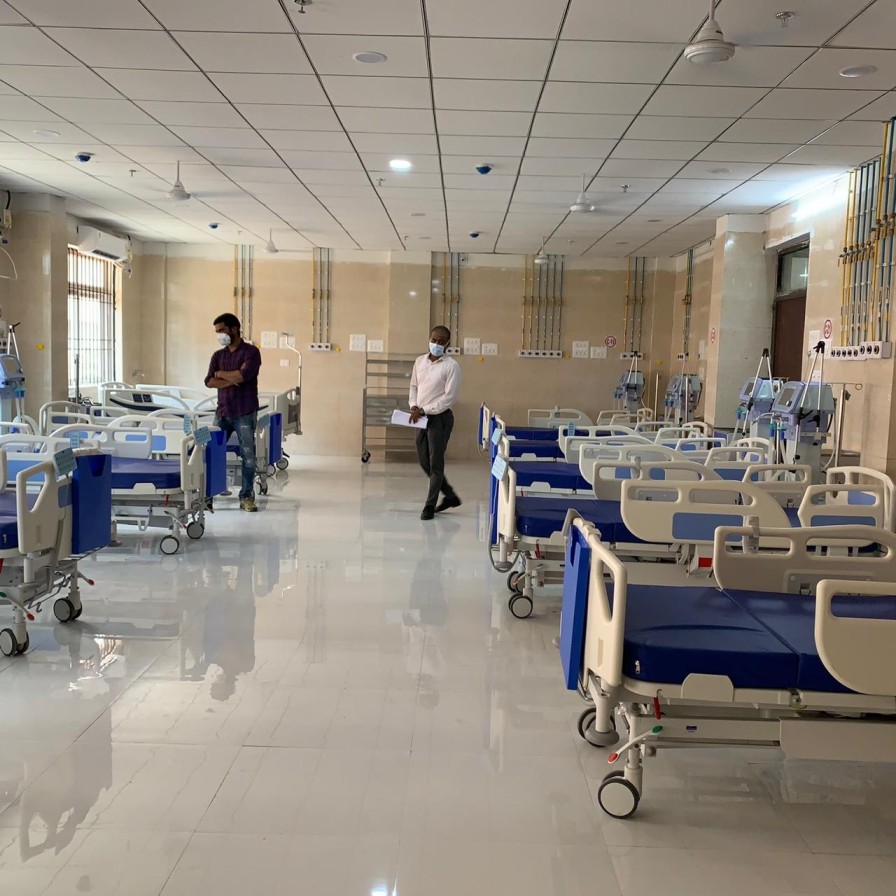
For that, we will have to rewind to March this year. Even as the virus was making its appearance across cities, including Odisha — the Ganjam administration was praised for being COVID-19 free for a month despite being a popular tourist destination.
The problem began when the Odisha Government decided to bring back migrants stranded in various parts of the country due to the nationwide lockdown. Due to Ganjam’s connectivity both by rail and road, the government decided to bring back 50% i.e. 5 lakh out of the total 10 lakh migrants to Ganjam. As a result, Ganjam bore the brunt of thousands of cases caused by the migrant population and also because of its demographic characteristics; geographical positioning and links with other states. Most of the migrant returnees were from COVID-19 hotspots i.e., Gujarat, Maharashtra, Tamil Nadu, Karnataka and Telangana.
“Although we had prepared ourselves for the aftermath of this decision, we were shocked with its intensity in the initial days. The major people affected were the people with comorbidities and in their ripe ages,” says Dr Nayak.
As resources started to get updated and available, the situation on ground and in hospitals started improving. The administration increased testing, extensive contact tracing, testing of all close contacts, and a second round of screening of recovered patients to check for relapse. But then this pandemic started to take its toll on the weakest section in terms of health. The migrants had mingled with the society in spite of strong efforts from the administration, and there was a sudden rise in cases.
“The cases started to come in clusters and people with comorbidities and weak immunity started reaching hospitals in huge numbers. But this time we were even better prepared due to the increased number of ICU beds and manpower at our disposal. We now have more than 5895 Covid Management Committees at the grassroots level which are doing their best to contain the spread of the disease. The district now has three Covid-only hospitals with 588 beds (261 occupied), nine Covid Care Centres with 3,744 beds (around 450 occupied), 98 ICU beds (80 occupied), and 1,763 with oxygen cylinders available (121 occupied).”
The government predicted an emergency and to tackle the challenge, was prepared with a robust healthcare infrastructure which helped a lot in containing the spread of the virus. The Sarpanchs were given the Collector’s power within their jurisdiction to carry out the registration and quarantine exercises to ensure a smooth return. The migrant returnees were made to stay at the quarantine centers for 14 days and were provided with Rs 2000 as incentives. Furthermore, 144 Temporary Medical Camps (TMCs) and 521 Covid Care Homes(CCHs) were set up with a capacity of handling more than 16 thousand symptomatic and asymptomatic people.
Santilata Nayak, the Sarpanch of Manitara Gram panchayat under Buguda block in Ganjam who in May was the first to exercise the “Collector’s power” given by the State government and imposed 7-day long shutdown in the area to contain Covid-19 says, “We were made aware of the incoming dangerous situation where workers would return from Covid hotspots around the country which would cause spike in cases. Therefore, we ensured in our blocks all the quarantine and safety measures were followed strictly whether it was registering the workers who were returning or ensuring they were isolated for 14 days. Every resident of the village ensured the same.”
Furthermore, the stricter implementation of lockdown guidelines and social distancing norms, helped the district administration manage the situation. Such aggressive measures had an immediate impact on the improvement in parameters.
Also, focus on increased testing, tracking and treating of patients in the district helped the administration in bringing the numbers down. Ganjam was also the first district in the state to undertake door-to-door surveillance both in rural and urban areas to assess the health of the population.
“So far 84 per cent of the villages and 55 per cent of urban areas in the district are in the green zone and of the 3,053 villages in the district, 2,611 are in green zone and 544 in red zone. As of now, swab samples of one lakh people in the district have been collected. Of them, 14,122 persons were tested positive for COVID-19. The RT-PCR and rapid antigen tests have helped in checking the spread of coronavirus in the district,” claims Ganjam Collector Vijay Kulange.
Additional Initiatives
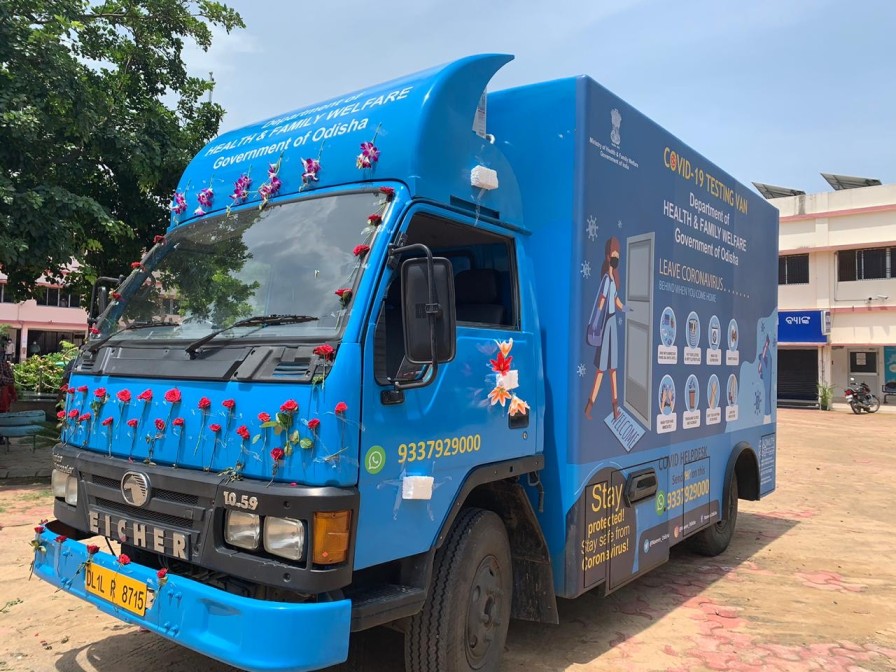
Beyond the diminished rate of infection, the district administration has taken a number of initiatives like providing tele-counselling to COVID-19 patients. This initiative is led by trained psychiatrists, and patients who have recovered from the disease will be appointed as ‘Covid Monitors’ to provide counselling to at least 10 patients. They are provided an honorarium of Rs 1000 for the same.
Regular feedback is also taken, to ensure implementation of the suggestions received during the calls made for counseling. Till 2 September, more than 10,000 persons had been contacted through tele-counselling.
Additionally, patients in home isolation will be provided a Medicine Kit and information about the process to consume the medicine will be provided in Odia. The Caregiver and family member of the patient are provided with necessary IEC material.
In July, the government further deputed additional three IAS officers, 18 senior OAS Officers and 77 ORS Officers to strengthen the official mechanism in the district. Similarly, 30 MBBS Doctors, 82 Ayush Doctors, and 27 lab technicians were deployed to reinforce the health infrastructure in Ganjam.
Starting plasma therapy treatment in Berhampur is also part of the multipronged approach to fight Covid-19 in the district.
Recounting his experience, Nageswar Rao, a businessman from Berhampur who recovered from COVID-19 says, “I was diagnosed on 21st July and was seriously ill. However, the nursing staff was very supportive and kept checking on me. Initially , the doctors would visit once in two days but after 5 days, they regularly came to check on me. The district administration’s arrangements were quite satisfactory considering that they were dealing with thousands of cases.”
While obviously caseloads and infection rates do vary wildly, often month to month, in general, the overall trend in the country is upwards. Which is why this article focuses on a particular time period – March to September.
Measures taken at the time show how the curve can be bent downwards, and are a good guide for the rest of the country. Let’s hope we all emerge from this pandemic stronger, and safe.
(Written by Taruka Srivastav & edited by Vinayak Hegde)
This story made me
-
97
-
121
-
89
-
167
Tell Us More
We bring stories straight from the heart of India, to inspire millions and create a wave of impact. Our positive movement is growing bigger everyday, and we would love for you to join it.
Please contribute whatever you can, every little penny helps our team in bringing you more stories that support dreams and spread hope.







